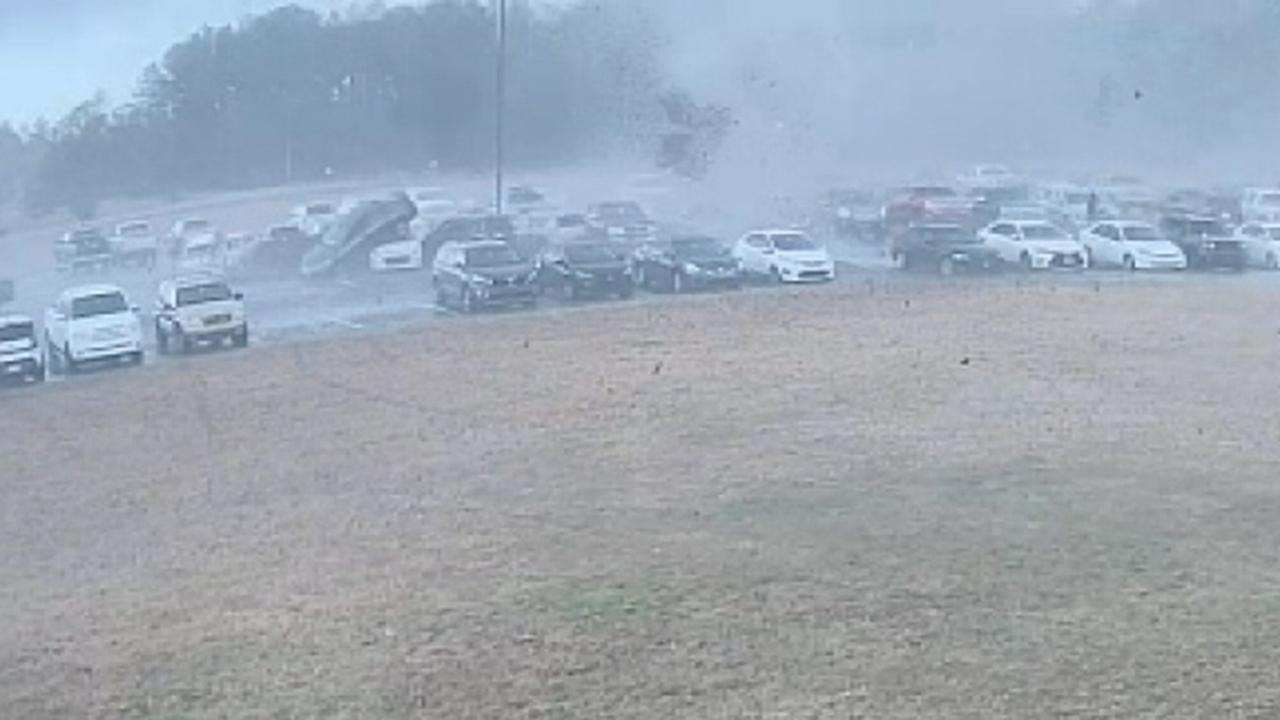Blown Away: Wild video of first-hand tornado experiences
Many people have risked their lives to capture video of tornadoes. Here is a look at some of the most incredible footage captured of tornadoes over the past few years.
Born from thunderstorms, tornadoes can cause immense devastation, ripping apart homes and tossing cars like toys.
Tornadoes can happen any time of the year, but there are distinct seasons for twisters in different parts of the country, according to the National Oceanic and Atmospheric Administration's Storm Prediction Center (SPC).
On average, around 1,200 tornadoes are reported in the U.S. every year, more than any country in the world.
WHERE DO TORNADOES HIT THE MOST IN THE US? HERE ARE THE TOP 5 STATES
So what causes tornadoes to occur and how do they form?
Most tornadoes form from supercells, also known as a rotating thunderstorm or a mesocyclone.
A supercell is typically a thunderstorm with the “winds already in motion,” according to National Geographic. This particular type of severe weather requires a combination of warm, moist air and cold, dry air — which are considered the ingredients for a regular thunderstorm.

This photo provided by Heather Welch show a tornado in Rosepine, La., Monday, Dec. 16, 2019. (Heather Welch via AP)
In order for a supercell to form, warm, moist air near the earth’s surface begins to rise, blowing in one direction at one speed.
At the same time, the cold air above is blowing in a different direction at a different speed. This difference creates a wind shear, which causes the air to rotate in a column. From here, if the air column gets caught in the updraft of a supercell, it causes the air to spin faster and create a funnel shape. The funnel of air becomes a tornado as it extends toward the earth and reaches the ground below.
Supercells, however, are relatively rare. According to the National Weather Service (NWS), supercells are the least common type of thunderstorm.” Roughly one in a thousand storms become supercells. From there, only one in about six of those supercells will become a tornado, according to National Geographic.
HOW STRONG CAN TORNADOES GET? HERE'S A BREAKDOWN
If supercells do form, “they have a high propensity to produce severe weather, including damaging winds, very large hail, and sometimes weak to violent tornadoes,” according to the NWS.
CLICK HERE FOR MORE WEATHER COVERAGE FROM FOX NEWS
While tornadoes are "spawned by strong thunderstorms, not all strong thunderstorms end up predicting tornadoes," according to Fox News Senior Meteorologist Janice Dean.
Weather forecasters can't predict which storms will produce tornadoes with 100 percent certainty, but they "can forecast where supercell thunderstorms are likely to develop," Dean explained.
On average, tornadoes kill about 60 people per year, mostly from flying or falling debris. But the actual number can vary from single digits to hundreds, according to the SPC.
Fox News' Madeline Farber contributed to this report.


